JUDEA AND SAMARIA/ THE WEST BANK – WHAT’S IT ALL ABOUT? (PART 1)
Quite often, I find myself getting into online arguments with other bloggers and readers from around the world about the Arab-Israeli conflict and the so-called Israeli occupation of the “West Bank”. When taking part in such discussions, I always feel that my answers are inadequate and that such a loaded topic cannot be addressed in a short talk-back comment. One cannot simply erase years of misinformation, outright lies and an almost total lack of public diplomacy from the side of Israel on an issue such as the “West Bank” with one paragraph in someone else’s blog. I have been thinking of writing this post for quite a few months now and keep putting it off. It’s much easier to write about the excitement of election time or the chilling accounts of war in southern Israel. Writing a comprehensive explanation of what is perceived to be one of the core issues of the Israeli-Arab conflict is a lot more complicated and time consuming. Nevertheless, I owe it to my readers and to other bloggers who I get into arguments with to give a full explanation of why I don’t believe in the “Two State Solution” and why I support Israeli settlements in Judea and Samaria (The “West Bank”). This will take a lot of patience on both sides, mine and yours, because this will not be short. In fact, as I write these opening lines, I already expect this to be only part 1 in a series of seven posts. I don’t know how long it will take me to complete them. Other more interesting and more pressing news may pop up and distract me, but if I do get too sidetracked, please feel free to message me and remind me of my promise.
I have labeled Part 1 as “What’s it all about?”. In this section, I will give a general background of the recent history of Judea and Samaria (by “recent” I mean the past 100 years or so) and we’ll move on from there.
What is the West Bank?
The name “West Bank” refers to the western bank of the River Jordan from a Jordanian perspective. Jordan lies to the east of the River Jordan, but from 1948 to 1967, Jordan occupied what is now known as “The West Bank”, as opposed to the rest of Jordan which is the “East Bank”. Therefore, the term is not geographically exact. It is a politically loaded term. Geographically, the “West Bank” includes the west bank of the River Jordan, which is the Jordan Valley (the western part of it, of course) as well as the hills of Judea and Samaria.
The name “Judea” is derived from the name of the Israelite tribe of Judah, which lived in the region in biblical times. According to the Bible, the biblical Israelite Kingdom split into two kingdoms after the death of King Solomon. The kingdom of Judah included the tribes of Judah (in the hills of Judea), Benjamin (slightly to the north of Judah) and Shimon (to the south, in the northern Negev), as well as the tribe of Levi, which was dispersed throughout the land. The other tribes formed the kingdom of Israel. Present-day Jews are descendants of the four tribes that lived in the kingdom of Judea. The kingdom of Israel was destroyed by the Assyrians, as described in the Book of Kings.
The whole region, which includes all of modern day Israel and Jordan, was renamed Palestine by the Roman Empire. After WWI, the British received the mandate for Palestine, after capturing it from the disintegrating Ottoman Empire (which is now modern-day Turkey). The British had promised in theBalfour declaration of 1917 to give the Jews, who were suffering from persecution in Europe and elsewhere, a “National Home” in Palestine.
- Photo: Public Domain
However, the British later handed most of the land to Abdullah of the Hashemite tribe from Saudi Arabia in return for his support during WWI, thus forming the Kingdom of Trans-Jordan. The remaining land was earmarked for the “Jewish Homeland”.
However, the Jews didn’t receive what little was left of the Palestine Mandate. After a series of Arab revolts, the British requested that the UN form a committee (UNSCOP- United Nations Special Committee on Palestine), which decided that the remaining land should be partitioned into two states, a Jewish state and an Arab state. The plan was accepted by the UN General Assembly on November 29th1947 and became known as UN Resolution 181.
The Jews of Europe who had recently survived the Holocaust accepted the offer despite the small size of the state. They just wanted and needed a place to call their own. Although the Arabs wound up with the majority of the land, they refused this deal and launched a war against the Jews, in order to finish what Hitler had started.
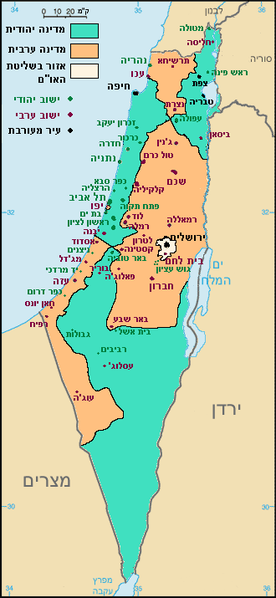
Partition Plan of 1947. Photo: Public Domain.
The orange was to be an Arab state, while the turquoise was to be a Jewish state. Jerusalem was to be an internationally ruled city (in white).
The orange was to be an Arab state, while the turquoise was to be a Jewish state. Jerusalem was to be an internationally ruled city (in white).
When the British pulled out of Palestine in May 1948, the Jews declared independence. The Arabs declared all-out war on the newly founded Jewish State. Jordan quickly took over the central section of what had been earmarked for the Arab state. The Jewish leadership realized that the current borders would be impossible to defend and the newly formed IDF (Israel Defense Forces) succeeded in taking control of the Galilee in the north and the sands of Halutza in the south, as well as pushing the Jordanian army back eastward. When a cease fire was finally achieved in 1949, the cease fire lines were marked in green, forming what is known today as “the Green Line”.
The situation from 1949 to 1967 was that the “West Bank” (the Jordan Valley, Judea and Samaria) were occupied by Jordan. The Gaza Strip was occupied by Egypt. Both countries sponsored terrorist attacks from their territories against Israel.
In 1967, Syria, Jordan and Egypt once again attempted to complete Hitler’s work and were once again defeated by Israel in the Six Day War. Israel captured the Gaza Strip and the entire Sinai Peninsula from Egypt, part of the Golan Heights from Syria and the “West Bank” from Jordan.
A third attempt to destroy Israel was made by Syria and Egypt in 1973, when they launched a surprise attack at the height of the most holy Jewish holiday, the Yom Kippur fast. Syria succeeded in recapturing the Golan Heights but was eventually pushed back by the IDF even further than before. In Sinai, the Egyptians were repelled as well.
Israel signed a peace treaty with Egypt in 1979 and returned the entire Sinai Peninsula. A peace treaty was signed with Jordan in 1994, under which Israel “leases” certain territories from Jordan for the long term. Israel also agreed to supply water to Jordan. The Jordanian border is the River Jordan, which connects the Sea of Galilee (Kinneret, in Hebrew) in the north and the Dead Sea in the south. Israel pulled out of the Gaza Strip unilaterally in 2005, uprooting thousands of Jewish settlers who have not entirely been rehabilitated to this day, despite government promises. The Gaza Strip is now an independent Palestinian entity, ruled by the Palestinian terror organization, Hamas, which staged a military coup and took over the strip from the Palestinian Authority shortly after Israel left it. Israel does not allow access to the Gaza strip via sea and air routes, but it does allow supplies in and out of the strip via the land crossings. This is in order to stop weapons from entering the Gaza Strip. Egypt’s land border with Gaza is also open. There are also thousands of illegal tunnels running underneath the border with Egypt, used for smuggling weapons, people and other contraband.
Who is a Palestinian?
Until 1948, “Palestinian” was a word used to describe anyone living in “Palestine”, which included Jordan, as well as Israel. Approximately 80% of Jordan’s population is Palestinian, ruled by the minority Hashemite tribe. Until 1948, “Palestinian” was used to describe Jews as well as Arabs. Even after 1948, the word was used as a geographical term, rather than ethnic. Today, the word “Palestinian” is used to describe Arabs living in the region which used to be ruled by the British Mandate of Palestine. There are Palestinians living in Jordan, Israel, the “West Bank”, Gaza, as well as “refugees” in other neighboring countries, such as Lebanon and Syria. The use of a separate term to describe the Arabs of Palestine was designed to draw attention away from the big picture, and make the conflict look like a case of David and Goliath, in which big, bad Israel steals land from the small, helpless Palestinian people, which is supposedly unconnected to the big Arab nation which populates the entire Middle East.
Who is not a Palestinian?
Despite current narratives being circulated by leading figures in the Palestinian Authority, Jesus was not a Palestinian, at least not ethnically, although the Romans were already calling this corner of the Earth Palestine. He was a Jew. King David and Moses definitely were not Palestinians. The biblical Philistines were most certainly not Palestinians. They were a sea-going people originating in the vicinity of Crete. The modern day “Palestinians” bear no ethnic connection to any people living here more than a few hundred years ago. Modern Palestinians are descendants of Arab tribes which migrated here from the Arab Peninsula, from Syria and from Egypt during the time of the Ottoman Empire.
The obstacles to peace
Israel traded the Sinai Peninsula for peace with Egypt and withdrew unilaterally from the Gaza Strip, why doesn’t Israel achieve peace by leaving the ”West Bank”?
If it was as simple as that, there would have been peace years ago and I would have nothing to write about. But nothing is that simple. This is the question I will attempt to answer in the next six parts of this series.
__________________________
Please comment, share and subscribe!

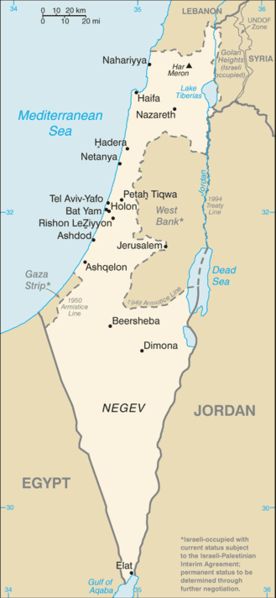
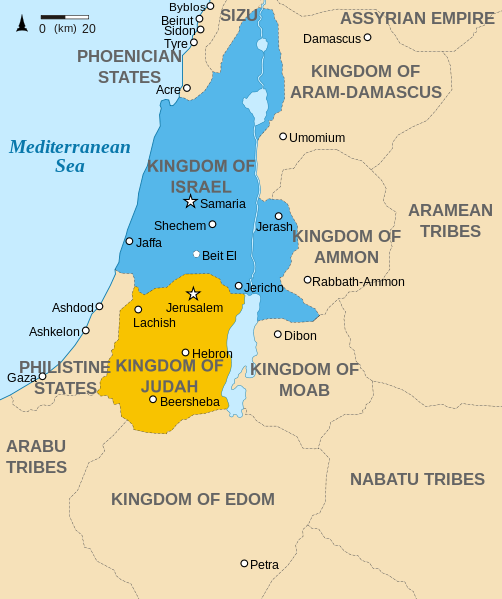
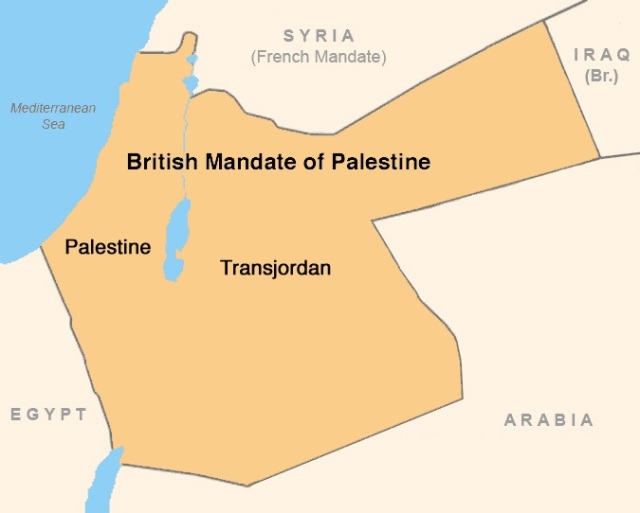
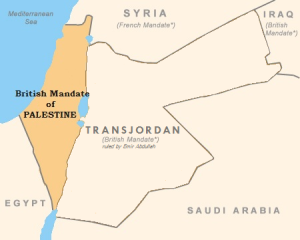
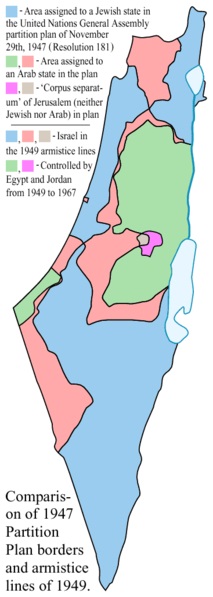
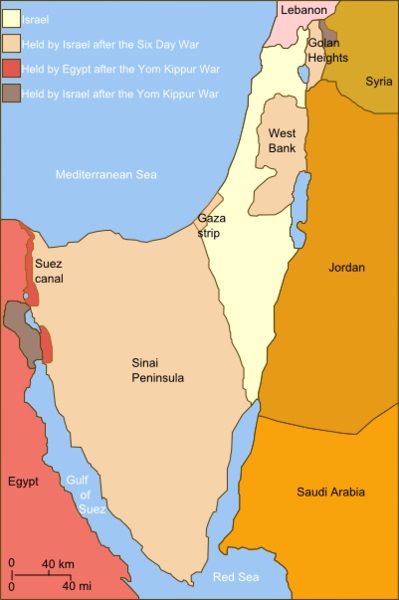

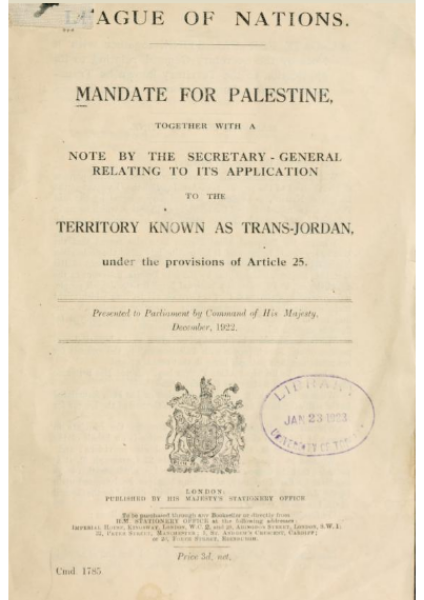
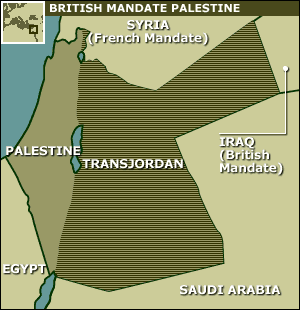
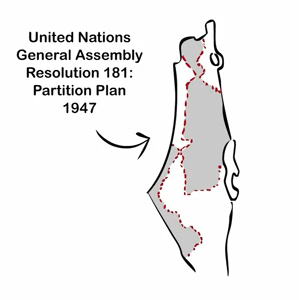
No comments:
Post a Comment